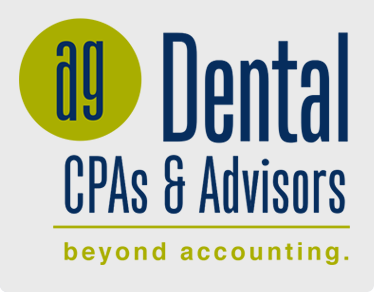The Importance of a Profit and Loss Statement for Your Business | Baton Rouge LA Dental CPA
Is your business successful? How do you know? You can take a look at your online reviews; positive reviews indicate that you are doing something right. You can analyze your customer base; serving new or more customers every month means that the word is spreading about your business. You can also search online for your business—if it shows up near the top of the search results, you’re on the right track.
However, these methods are abstract methods of measuring success. A business’s true success is determined by its financial performance. Does your business generate a profit? Are you losing money? If a business isn’t performing financially, it can fail.
You can measure business success through a profit and loss statement. Along with a balance sheet and cash flow statement (more on that later), it is one of the most significant financial statements for your small business. Continue reading if you’re ready to discover your true business success.
How does a profit and loss statement work? Why is it important?
A profit and loss statement, also known as an income statement, summarizes the income and expenses of a business for a given period. Profit and loss statements are typically generated monthly, quarterly, and annually.
Essentially, a profit and loss statement tells you if your business is profitable or losing money.
Profit and loss statements can be used to determine whether your business earns enough money to cover its costs and expenses. They also help to determine whether you can afford to pay yourself as a business owner and if your business model is sustainable.
Profit and loss statements can help you identify your top spending categories and where you might be able to make cuts if your profits aren’t where you want them to be. As a result, you can make informed business decisions-such as pricing your products and services-based on your lowest earning revenue streams.
Alternatively, if you’re doing well, the profit and loss statement can show you your top earning revenue streams, allowing you to concentrate on those.
A profit and loss statement can chart your business growth, reveal sales trends, and provide you with the information you need to make smart financial decisions.
Profit and loss statements consist of three key components.
Every income statement includes three main components, depending on your business’s income and expenses.
- The amount of money earned (or revenue received).
A company’s income or revenue is defined as its operating revenue or revenue generated by its primary business activities, such as the sale of goods or services.
Additionally, your profit and loss statement will include non-operating revenues or other income generated outside of your core business operations. Income from business capital, rental income, or strategic partnerships (such as advertising) all falls into this category.
A company’s income statement may also include gains or one-time non-business activities that result in income, such as the sale of a company vehicle or long-term assets. - Expenses
The first expense on the profit and loss statement is the cost of goods sold. Materials and labor costs are included in the cost of goods sold by your business.
An organization’s primary expenses include employee wages, sales commissions, and utilities (such as electricity).
Other expenses or secondary expenses will also be included in the profit and loss statement. In general, these expenses are related to non-core business activities, such as paying interest on a loan, paying taxes, or paying one-time expenses such as legal fees. - Net income (or revenue) amount
Last but not least, the profit and loss statement will result in a net income figure. An increase in this number indicates that your business is profitable. In the event that it is negative, you have spent more than you have earned.
Net income is calculated by taking into account all expenses, even unusual or one-time expenses. Thus, you can determine whether you earned or lost money during a given period. However, net operating income may be a better indicator of your business’s day-to-day operations.
Profit and loss statements: how to prepare them.
How does a profit and loss statement look in practice? What is the best way to create one? Using accounting software such as QuickBooks, generating an income statement is nearly instantaneous. Your income statement can be accessed and reviewed at any time using QuickBooks, which tracks and organizes your business’s accounting data for you.
In the event that you do not use accounting software, a bookkeeper can prepare this report for you. If you are a new small business owner, an Excel income statement template may be a helpful starting point. As your business grows, it will become more difficult (and less accurate) to keep track of everything in Excel.
You can rely on our accounting firm for all of your accounting needs. If you require assistance preparing a profit and loss statement or have questions about how to do so, please contact us. We are always available to assist you.
